Going to Town With Listening

Alex Rigotti explores the city of Bern, Switzerland, using only their hearing – and in doing so, uncovers new worlds of understanding perception and the environment.




Alex Rigotti explores the city of Bern, Switzerland, using only their hearing – and in doing so, uncovers new worlds of understanding perception and the environment.



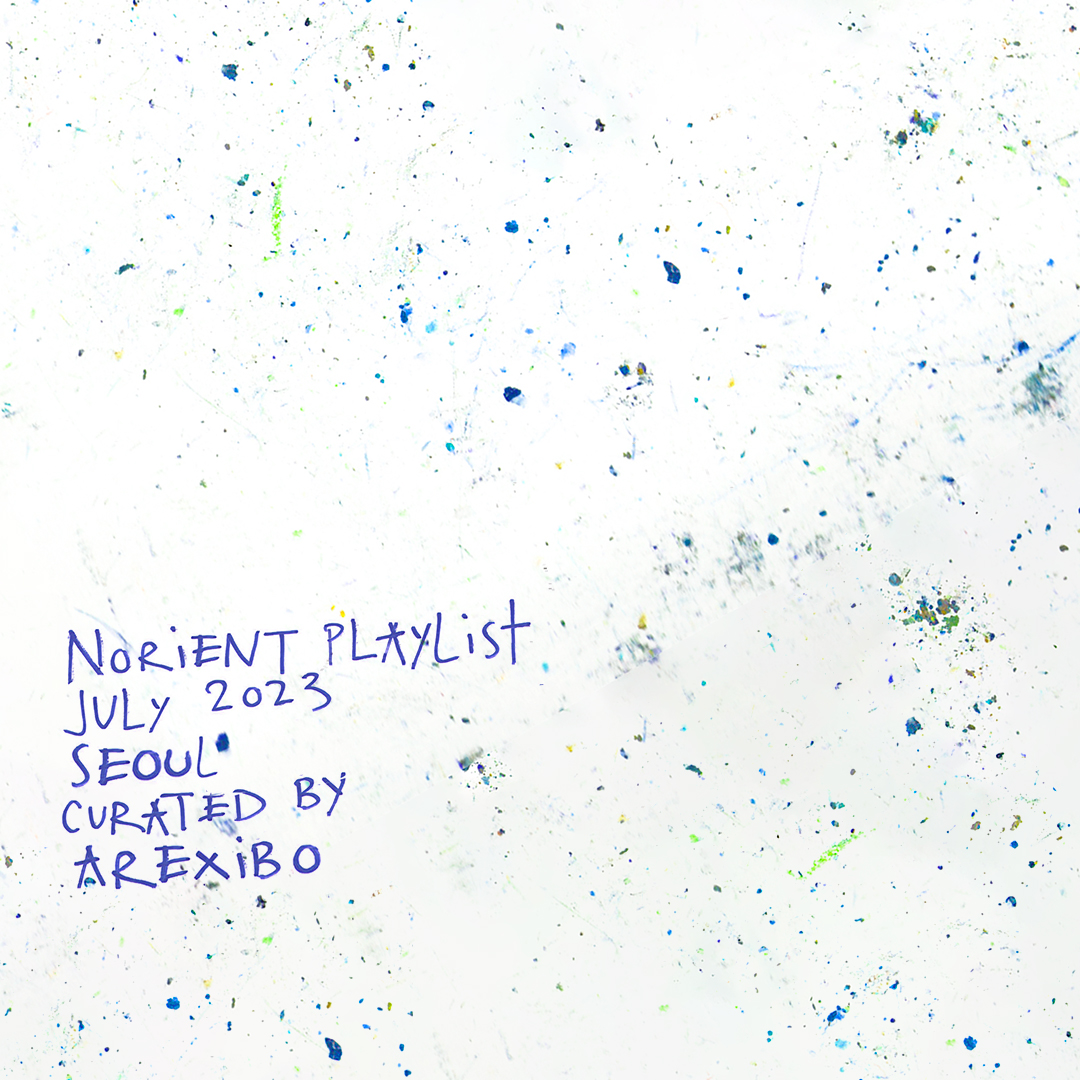
From dreamy, hypnotic ballads, to fragments of classical piano, to glitchy and playful electronica ¬– Arexibo has promised a playlist that forgoes a consistency with genre and instead, blends together distinct artists to create a love letter for Seoul.




Curator and researcher Bhavisha Panchia crafts a thoughtful review of Gilles Aubry’s «Sawt, Bodies, Species: Sonic Pluralism in Morocco», detailing that the book is a conscious revisit of what it means to listen to and through sonic and musical heritage.




What role and methods can a privileged Western person adopt when curating contemporary music from a global perspective? In his ongoing endeavor to understand the world through music and sound, Norient founder Thomas Burkhalter suggests 13 curatorial principles.



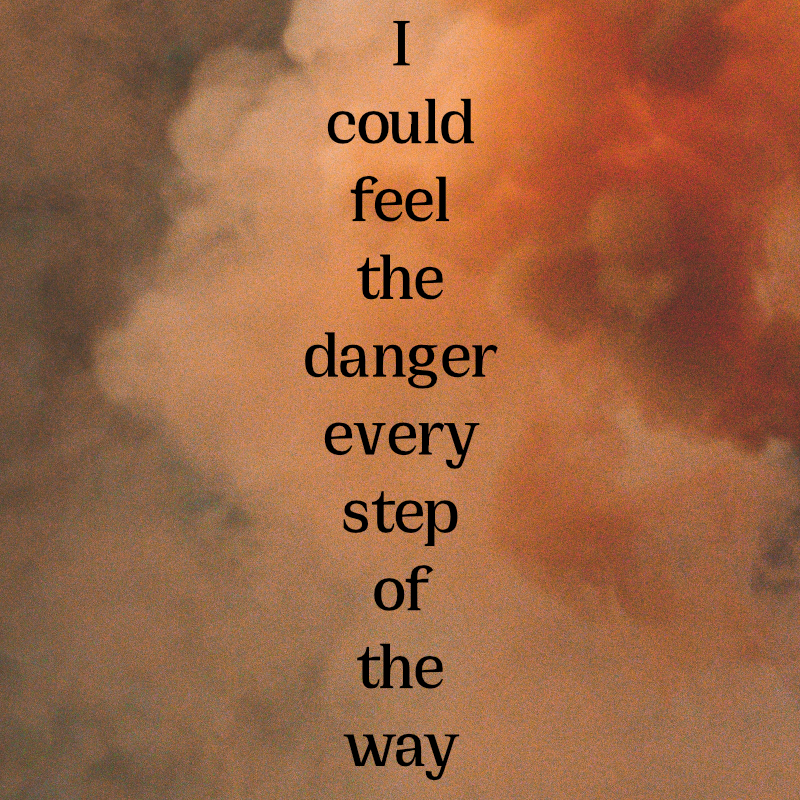
For Iranian metal musician Nikan Khosravi, music is a way to articulate protest. Having lived under state repression, metal, as he explains in this personal essay, helped him to stay candid with himself and to express his dark feelings.




Woher kommt die Motivation, ein Festival für Musik aus Iran und der iranischen Diaspora zu organisieren? In diesem Text erinnert sich Klangteppich-Festivalmacherin Franziska Buhre an eine prägende Reise nach New Orleans im Jahre 2016.



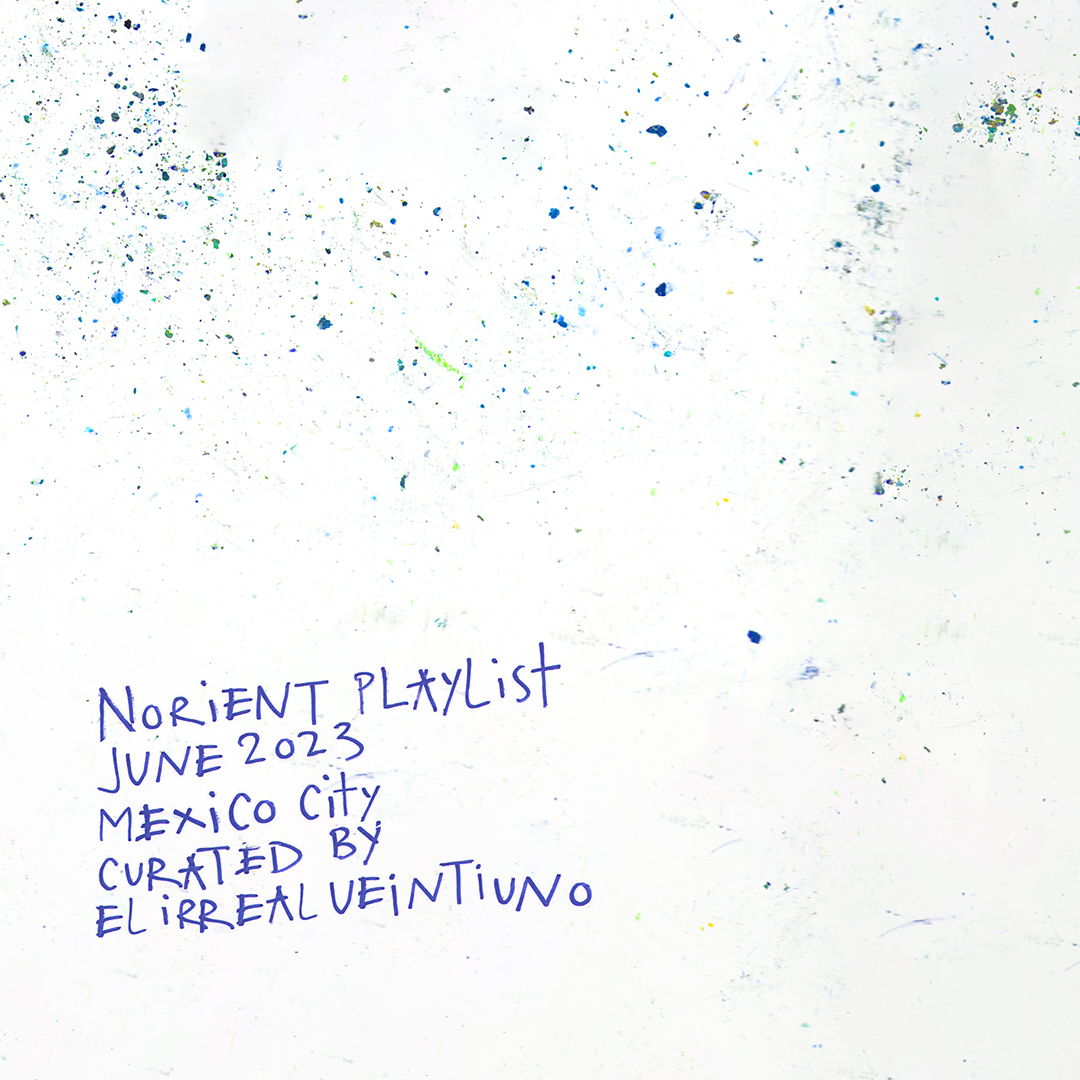
The tracks in the June playlist are a current source of inspiration for the Mexico City-based musician El irreal Veintiuno. It consists of a bunch of tracks somewhere located between experimental electronic music, tribal and dembow.




An expanding group of Malian TikTokers amuses its audiences with funny virals, influenced by the country’s war-torn context. Here, our author asks: what can these audiovisual snapshots tell about the precarity between conflict and entertainment?



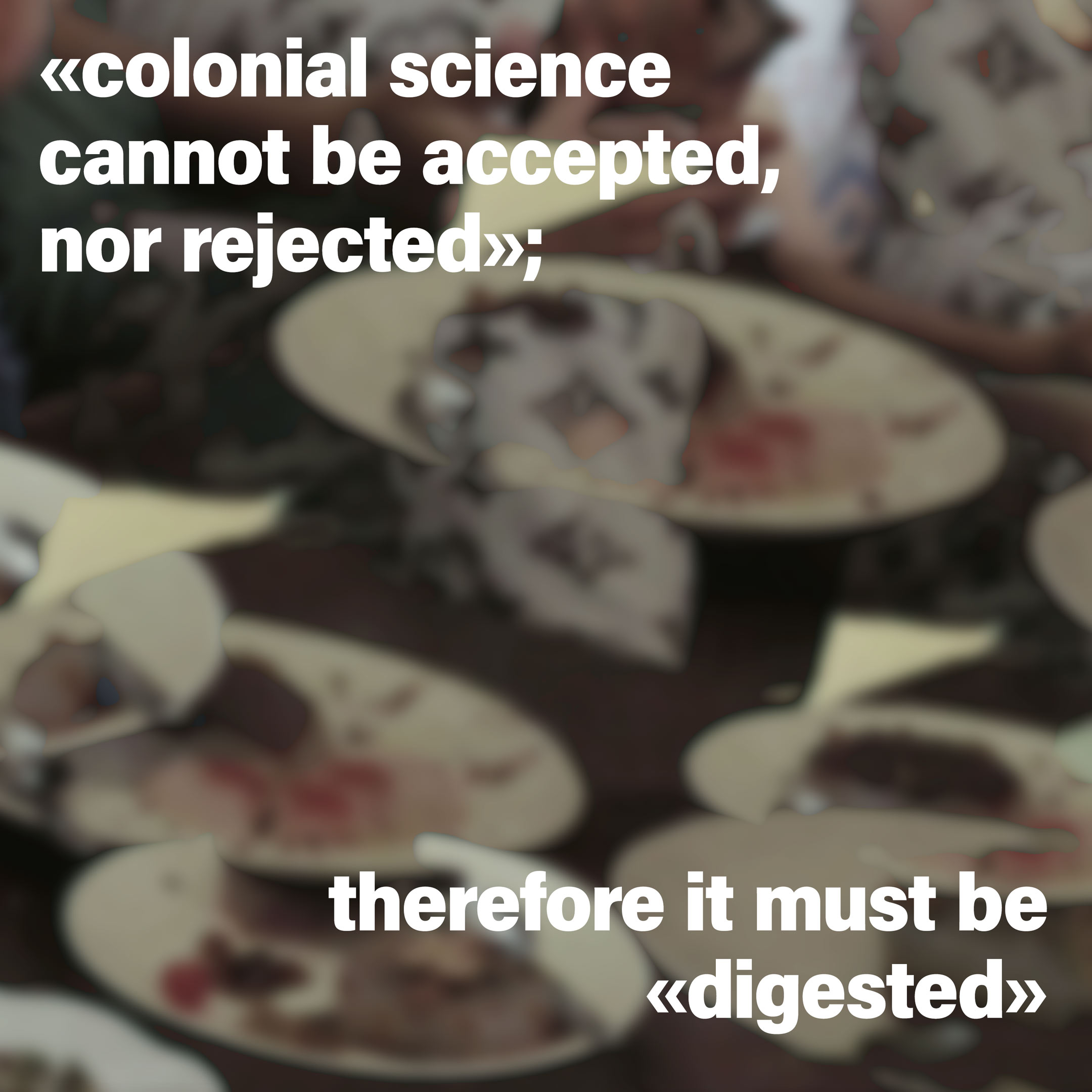
In this introduction to his book «Sawt, Bodies, Species», Gilles Aubry situates his research project on the sonic dimensions of our environment, tracing alternate genealogies of sound, listening, and technology in North Africa.



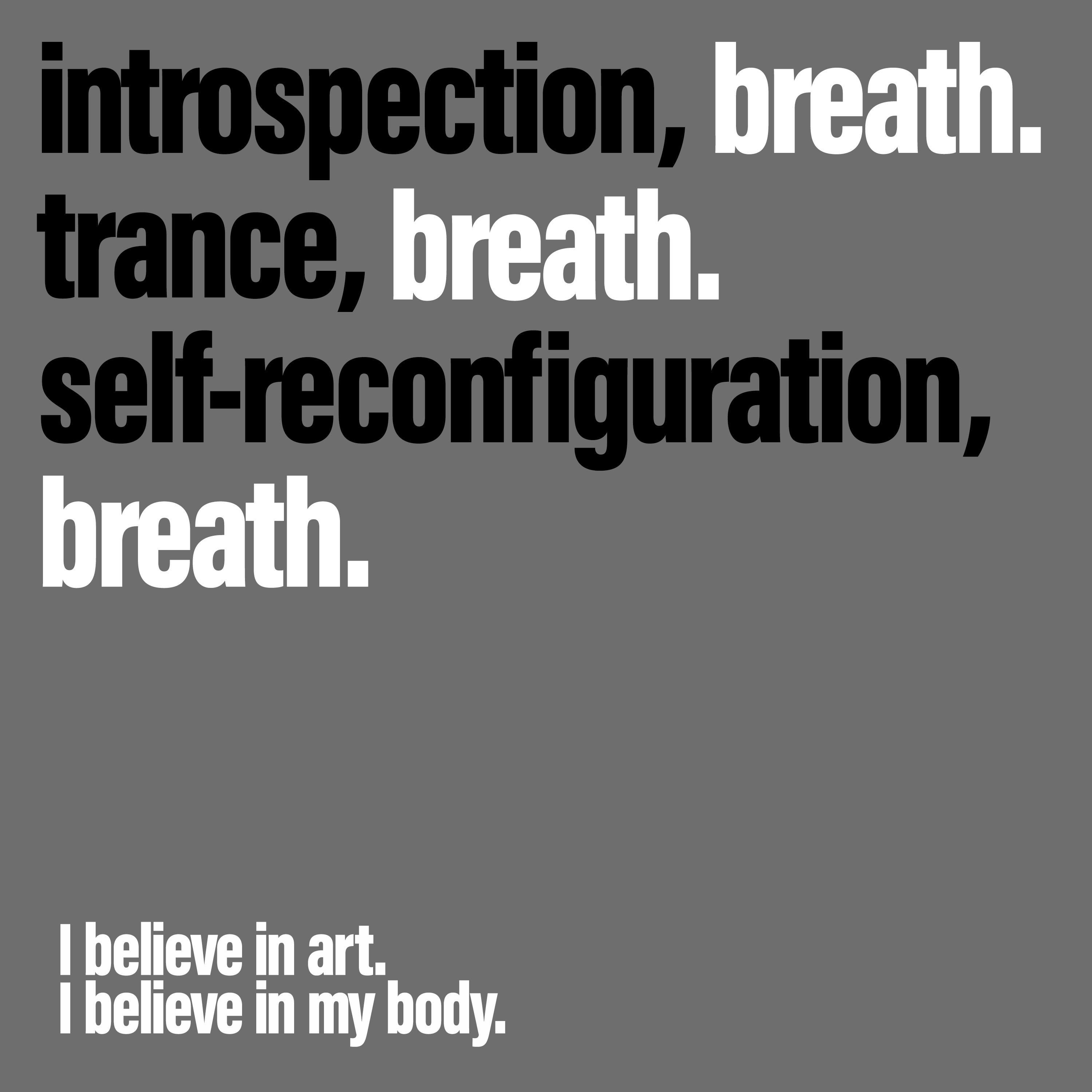
Informed by Ramia Beladel’s research on Sufi healing, this sound piece relies on trance and self-reconfiguration. The soundtrack includes sounds recorded during an annual celebration of the local saint in Moulay Bouchta, Morocco.



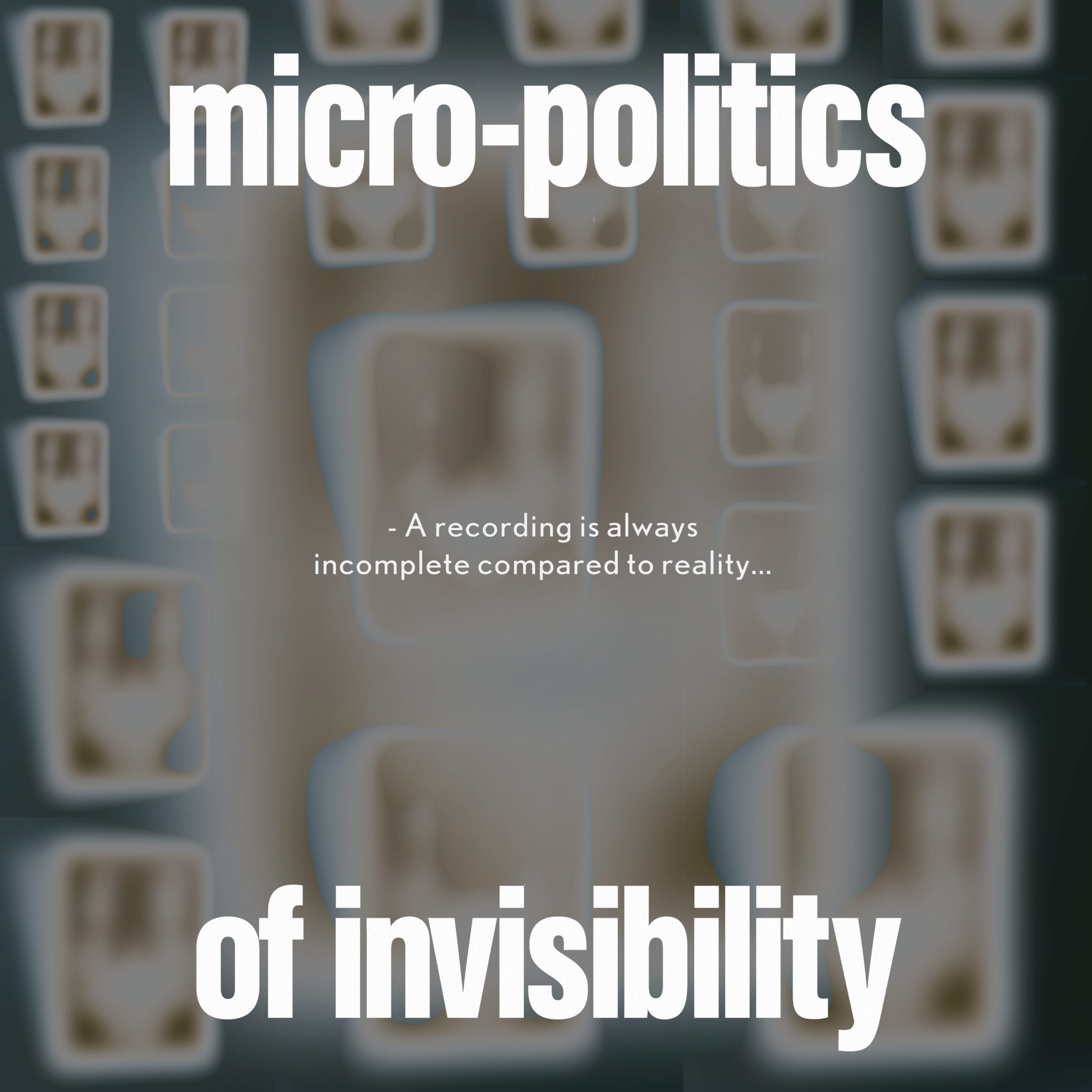
A film without images documenting the authors’ research in Tafraout, Morocco, a village where Paul Bowles recorded an ahwash music performance in 1959. In exchange with local musicians, the two artists engage in listening sessions and sonic experiments.


